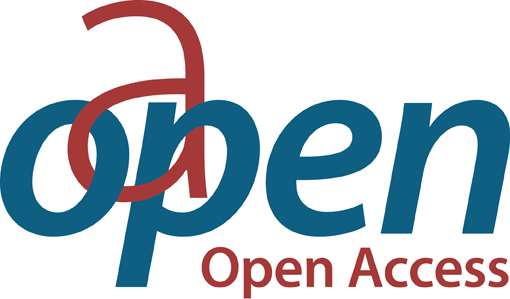EIB Working Paper 2024/03 - Investment decisions in a high-inflation environment
Abstract
In the 2021-2022 period, European firms have faced historically high inflation, with annual increases in consumer prices peaking at 11.5 % in October 2022. While the linkage between high inflation and investments is expected to be negative, through higher uncertainty, financial tightening, downward pressures on demand and worsening economy outlook, there are couple of drivers that can explain the positive investment dynamic during the recent high-inflation period. This paper shows evidence that investment decisions depend on firms’ ability to pass higher costs onto consumers (the so-called pass-through rate). A high pass-through of costs lowers the immediate negative impact on profitability and internal sources are less affected. Moreover, the recent inflation spike has been strongly driven by the energy and other input prices that have pushed firms to invest in energy efficiency as a cost-saving strategy. As additional driver of the higher investment during the recent high inflation period, firms with a large reserve of cash accumulation or those with easier access to external financing may endure this high inflation environment relatively better. Liquid assets are more vulnerable to the negative impact of inflation and by investing it, its value might be protected from the devaluation amid accelerating inflation. European firms increased substantially their cash buffer in the period before the energy price shock, helped also by the massive COVID-19 liquidity support. The higher cash reserves might provide a buffer for the continuation of the investments or to engage in new investments of energy efficiency, as an adaptation strategy amid high energy costs.
DOI
10.2867/788036ISBN
9789286158025Publisher
European Investment BankPublisher website
https://www.eib.org/en/publications/index.htmPublication date and place
Luxembourg, 2024Classification
Finance and accounting


 Download
Download